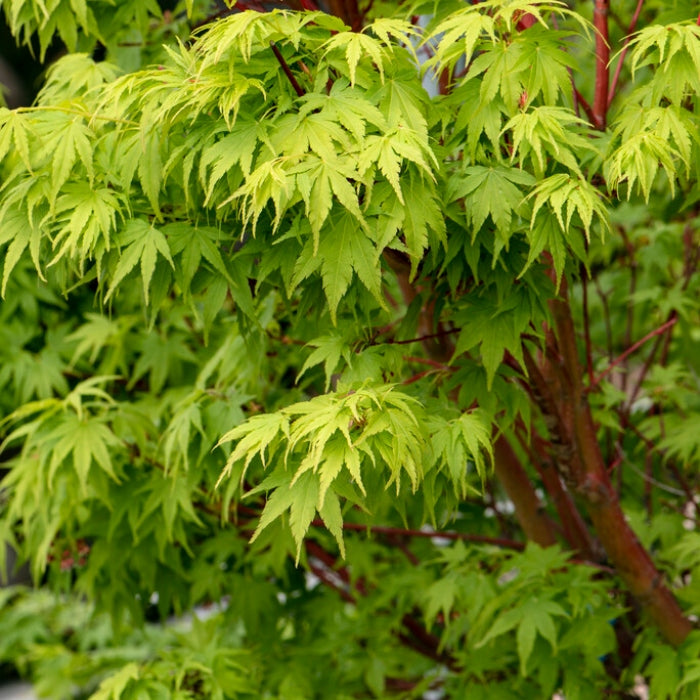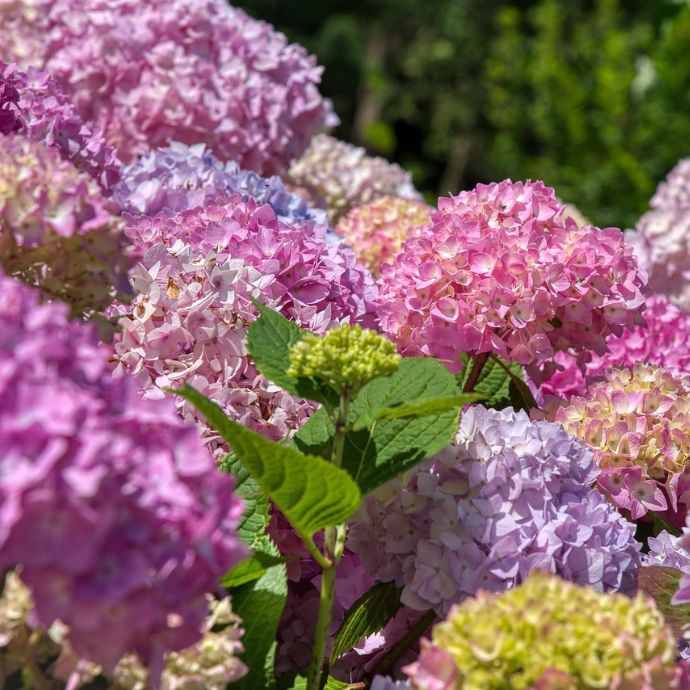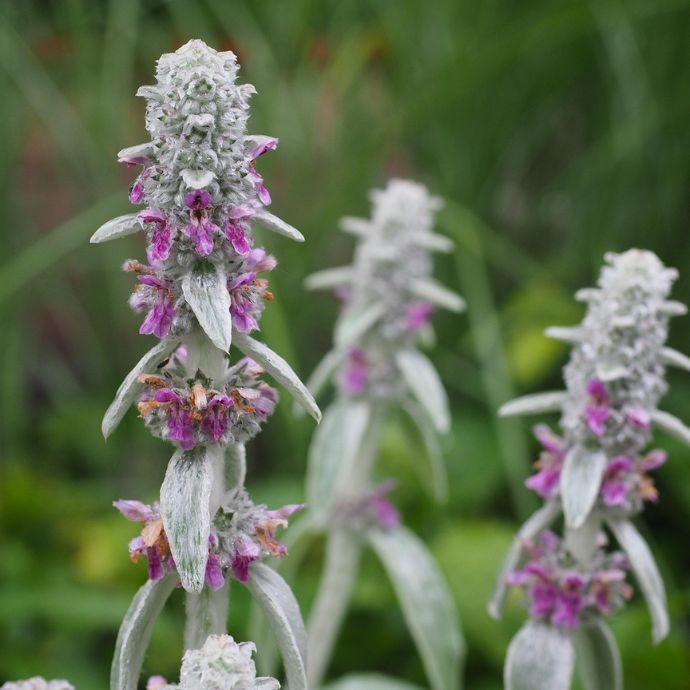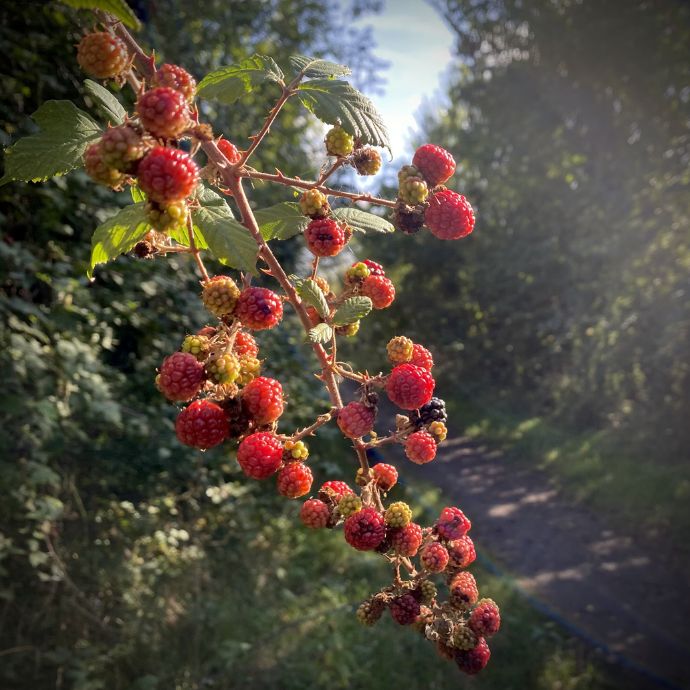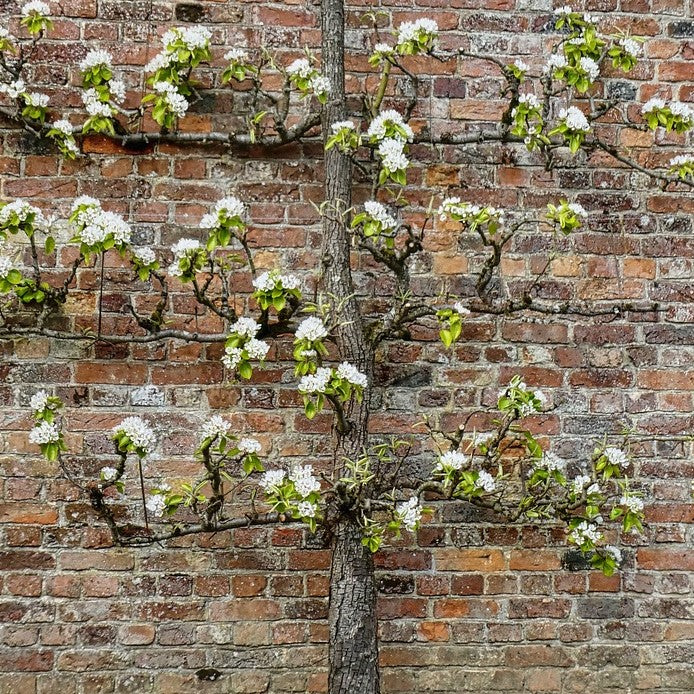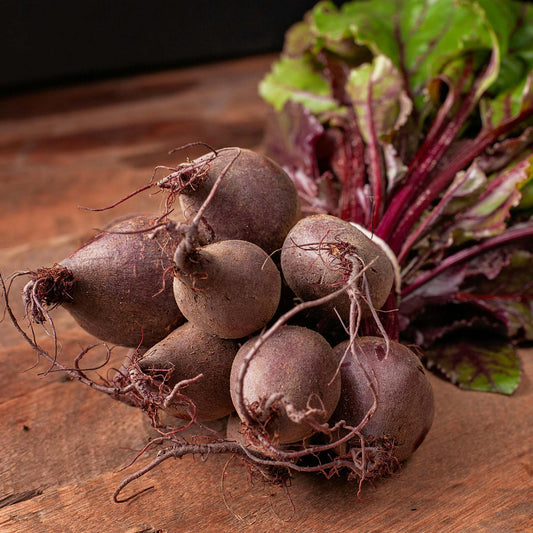Fast Growing Vegetables: Top Recommendations for a Quick Harvest

Fancy growing your own vegetables but don’t like the idea of all that waiting around? For the impatient people out there, the people for whom the quick dopamine hit of a TikTok scrolling session outranks the slow-build burn of a 1,200-page Tolstoy novel, fast-growing vegetables offer the solution. For a quick harvest, there are a few vegetables you can call upon for express delivery. In this post, we’ll be delving into which veggies go vroom in the soil, as well as throwing some top tips your way to help speed up your harvests.
Jump to:
- Why choose fast-growing vegetables?
- Which vegetables grow quickly?
- Tips for speeding up growing vegetables
Why choose fast-growing vegetables?
The main benefit of planting fast-growing vegetables is exactly what you’d think: you get your harvest quicker. Simple. It’s also a smarter tactic to get children involved in the garden. Children are notoriously impatient so any time you can shave off between the “start” and end-product is beneficial. Another, often-overlooked benefit is that it enables you to plant a greater variety of vegetables over the course of a year as your beds are freed up quicker than they would be with slower-growing species.

Which vegetables grow quickly?
When we talk about fast-growing vegetables, we’re generally referring to those you can harvest – at the latest – a couple of months after planting.
Radishes
The vegetable most known for growing quickly is the humble radish. The fastest-growing cultivars (like ‘Cherry Belle’) can be harvested just two to three weeks post-planting (depending on conditions). These peppery little root plants offer vibrant colour, a spicy palate and versatility in the kitchen. Perfect for summer salads, roasting with garlic and pickling in sugared vinegar, these diminutive plants pack a surprising punch!

Salad leaves
Most leafy salad species grow pretty darn quickly, including rocket, spinach and loose leaf lettuce varieties. Rocket is appropriately-named, because it can be harvested (in a cut-and-come-again manner) as quickly as three weeks after planting your plug plants. Spinach is similarly speedy, with baby leaves being ready to pick three to four weeks after planting. Lettuce comes in next, with outer leaves first ready to cut around the one month mark (though sometimes even quicker).

Spring onions
Spring onions, or scallions for any American readers out there, are one of my very favourite vegetables, adding powerful flavour and texture to a wide array of dishes, like stir fries, fishcakes, salads and more. Whack your plugs into the ground (don’t actually whack them…) and you should have onions ready to harvest four to six weeks later.

‘Baby’ vegetables varieties
If your favourite vegetables don’t fall into the above categories but you still want hasty harvests, don’t fret. Baby vegetables offer the solution. Let’s use carrots as an example; these are either purpose-bred varieties (like ‘Amsterdam’) that are harvested at their smaller ultimate size, or conventional carrot varieties (like ‘Chantenay’, for instance) harvested early while the vegetable is still immature.
When growing baby carrots, you can generally harvest a couple of months after sowing (or a month-and-a-half-ish when using plug plants) while full-sized carrots can take up to one month longer before they’re good to go. There are plenty of other baby vegetables out there, including baby beets, broccoli and more.

Tips for speeding up growing vegetables
Whatever vegetables you’re growing, there are ways and means of hurrying the process up a bit. Below, we’ve listed some of them.
Ensuring good soil conditions
The best way to get your vegetables as quickly as possible without compromising on quality is by ensuring that the conditions in which your plants are growing are optimal. The condition of your soil/compost is a crucial part of that. Most vegetables require fertile, well-drained soil that still retains a bit of moisture (without becoming wet).
If you’re looking to grow tomato plants, for example, and the soil is highly-compacted and homogenous in composition (i.e. purely clay), then don’t be surprised if the subsequent harvest offers a smaller yield and takes longer to come to fruition.
If you suspect your soil quality is on the heavy side, amend with some organic compost or horticultural grit to improve drainage. This also works the other way around, too. If your soil is sandy and drains too freely, adding a bit of compost will help with moisture retention. Compost is like the great leveller of the soil science world when you think about it…
 Are your plants getting enough water, nutrients and light?
Are your plants getting enough water, nutrients and light?
In a similar vein to soil conditions, overall watering, feeding and light needs should be taken into consideration when looking to grow vegetables as fast as possible. Vegetable plants are (generally, at least) thirsty, hungry and sun-loving in nature. This varies, of course, from species to species, but it’s a good starting point.
Regular (and consistent) watering, an application of fertiliser post-planting (or liquid feed throughout the growing season) and positioning your plants where they’ll receive at least six hours of direct sunlight per day, are all steps you can take to turbocharge the growth of your vegetable plants.

Forcing rhubarb
This is arguably the most well-known method for when it comes to expediting vegetable growth – yes, botanically speaking, rhubarb is a vegetable, even though we may use it in all manner of sweet desserts. Forcing rhubarb involves growing your rhubarb plants under purpose-designed ‘forcers’ from December/January, then harvest around eight weeks later. Forcing tricks the plant into thinking they’re still beneath the ground, stimulating growth in the process.

Chitting potatoes
If you’re a spud-lover and want to grow your own, then I’d recommend chitting your potatoes to give them a headstart. This involves putting seed potatoes into an egg box, ‘eye’ side up, then placing that tray indoors in a cool, frost-free area where it’s nice and light (but not exposed to direct light). Four to six weeks later, your potatoes will have sprouted and they’ll be ready to plant in the ground. This process can lean up the potato growing process by around two to three weeks in most instances.

Final thoughts
The vegetables we’ve mentioned are all about speed. Just as soon as they’re in the ground, they’re practically straight out again. And we love ‘em for it. Perfect for kids, beginner gardeners and people wanting fast results, get your harvest in double-quick time by following the advice outlined above. While you’re here, make sure to check out our guides to grafted vegetables, container vegetable growing and heritage vegetables.
Last updated: 28/04/2025
